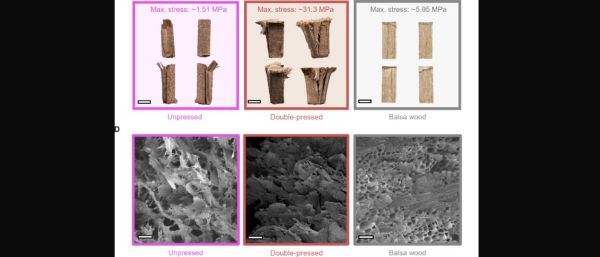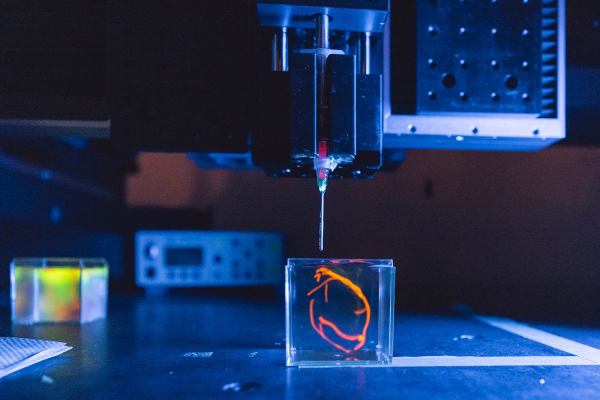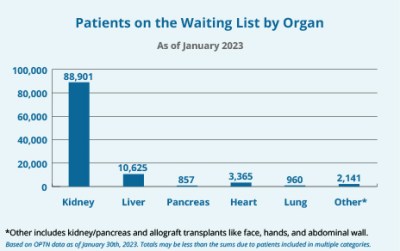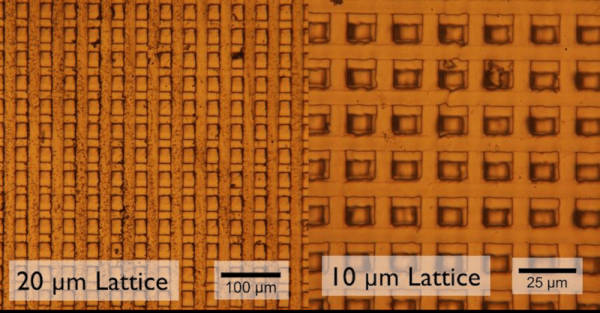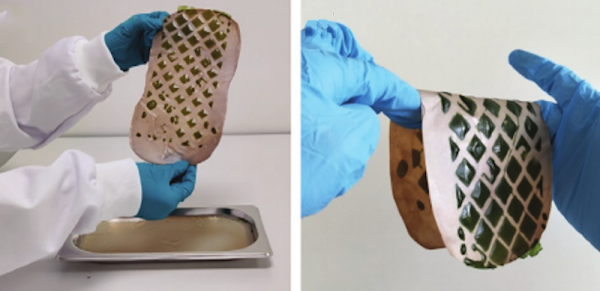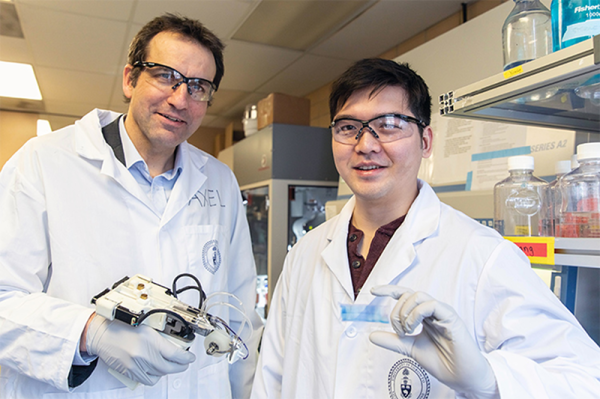Although the components of wood – cellulose and lignin – are exceedingly cheap and plentiful, combining these into a wood-like structure is not straightforward, despite many attempts to make these components somehow self-assemble. A recent attempt by [MD Shajedul Hoque Thakur] and colleagues as published in Science Advances now may have come closest to 3D printing literal wood using cellulose and lignin ink, using direct ink writing (DIW) as additive manufacturing method.
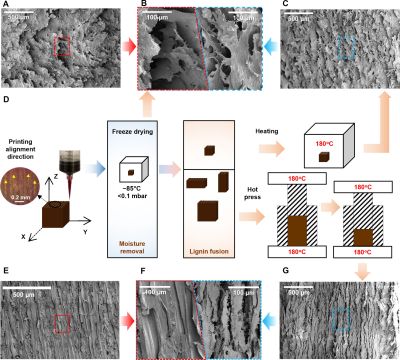
This water-based ink was created by mixing TOCN (tempo-oxidized cellulose nanofiber), a 10.6 wt % aqueous CNC (cellulose nanocrystals) and lignin in a 15:142:10 ratio, giving it roughly the viscosity of clay. The purpose of having both TOCNs and CNCs is to replicate the crystalline and amorphous cellulose elements of wood-based cellulose.
This ink was printed from a syringe head (SDS-60) installed in a Hyrel 3D Engine HR 3D printer. This printer is much like your average FDM printer, just targeting bioprinting and a wide range of heads to print and handle various attachments in a laboratory setting. The ink was extruded into specific shapes that were either freeze dried to get rid of the liquid component, or additionally also heated (at 180°C), with a third set of samples put into a hot press. These additional steps seem to promote the binding of the lignin and create a more durable result.
Continue reading “3D Printing Real Wood With Just Cellulose And Lignin”

